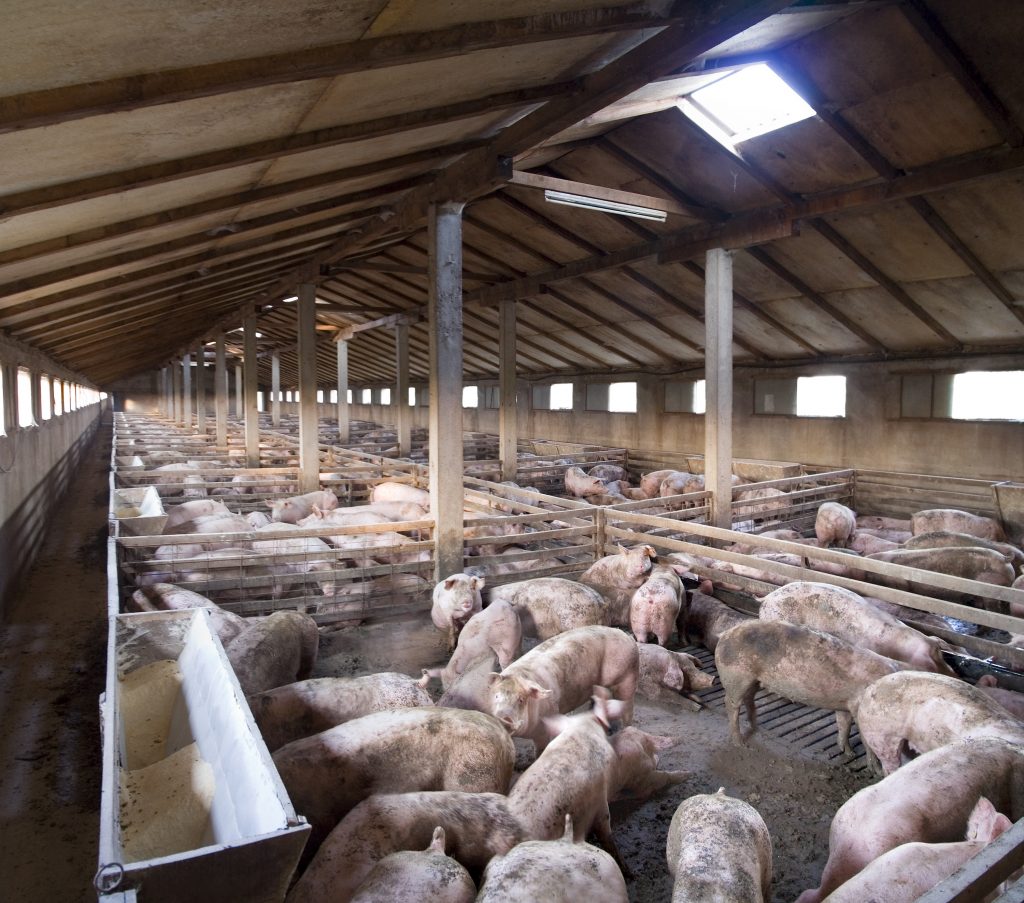This September, the USDA published its final rule to modernize swine slaughter inspection. The Final Rule for the Modernization of Swine Slaughter Inspection amends the federal meat inspection regulations. The New Swine Inspection System (NSIS) is the culmination of a 20-year process spanning four presidential administrations and is aimed at modernizing the swine slaughter inspection system. It represents the first major overhaul of federal swine slaughter regulations in more than 50 years.
Extraordinary advancements in science and technology have fundamentally altered our understanding of food safety. As a result, the predominantly organoleptic inspections conducted by the federal government since the early 20th century are approaching the point of obsolescence. According to Sonny Perdue, who heads the USDA, the NSIS is “the culmination of a science-based and data-driven rule-making process which builds on the food safety improvements made in 1997, when USDA introduced a system of preventive controls for industry.”
According to the executive summary published in the final rule, the USDA Food Safety Inspection Service (FSIS) established the new rule with three primary goals in mind: to improve the effectiveness of inspection, to more efficiently and effectively use USDA’s limited resources, and to facilitate industry innovation by revoking maximum line speeds and allowing establishments to reconfigure evisceration lines. Collectively, the FSIS hopes the new rules will reduce the presence of pathogens in pork products and improve compliance with the Humane Methods of Slaughter Act. The rule applies to establishments that slaughter swine market hogs. Establishments that slaughter swine other than market hogs are not eligible to operate under the NSIS unless they obtain a waiver under the Salmonella Initiative Program.
The NSIS has generated significant controversy and at least one lawsuit has already been filed to challenge the law. Here’s what you need to know about the rule, the controversy surrounding it, and how the new rules may inform the future trajectory of regulatory oversight in the food industry.
The Slaughter Rules
Unlike most regulatory regimes, the NSIS offers companies the choice of whether to adopt the new inspection protocols. Companies that elect not to operate pursuant to the NSIS will remain subject to traditional inspection protocols. Some of the amended regulations, however, will affect all swine slaughter establishments, regardless of the inspection system under which they operate.
 Specifically, all swine slaughter establishments will be required to develop, implement, and maintain written procedures to prevent contamination by enteric pathogens, and to eliminate visible fecal material, ingesta, and milk throughout slaughter and dressing operations. These procedures must be memorialized in Hazard Analysis Critical Control Point (HACCP) Plans, sanitation standard operating procedures, or other prerequisite programs. Additionally, the procedures must include microbial sampling and analysis to monitor process control for enteric pathogens. Establishments will be required to collect and test at least two carcass samples for microbial organisms, one at pre-evisceration and one at post-chill (after completion of all slaughter interventions). Importantly, companies must prove the measures are effective in controlling illness-causing pathogens.
Specifically, all swine slaughter establishments will be required to develop, implement, and maintain written procedures to prevent contamination by enteric pathogens, and to eliminate visible fecal material, ingesta, and milk throughout slaughter and dressing operations. These procedures must be memorialized in Hazard Analysis Critical Control Point (HACCP) Plans, sanitation standard operating procedures, or other prerequisite programs. Additionally, the procedures must include microbial sampling and analysis to monitor process control for enteric pathogens. Establishments will be required to collect and test at least two carcass samples for microbial organisms, one at pre-evisceration and one at post-chill (after completion of all slaughter interventions). Importantly, companies must prove the measures are effective in controlling illness-causing pathogens.
For companies participating in the NSIS, establishment personnel will now be tasked with sorting and removing unfit animals before ante-mortem inspection. Previously, this task was undertaken by FSIS inspectors. Although this is one of the more controversial aspects of the new rule, FSIS inspectors will continue to conduct 100 percent of ante-mortem and carcass inspections and will still conduct post-mortem inspections after personnel have identified and trimmed any defects. Companies must also develop written procedures ensuring that unfit animals do not enter the food supply, and personnel must tag, tattoo, or otherwise mark swine that are deemed unfit.
The rule mandates maintaining records documenting the total number of animals and carcasses sorted and removed per day and the reasons for their removal. If, during sorting activities, personnel identify any animals suspected to have a reportable or foreign animal disease, they are to immediately notify FSIS inspectors. Among the other changes to recordkeeping requirements, companies will now be required to maintain records documenting that ready-to-cook pork products comply with the new regulations. That is, ready-to-cook products must be evaluated to ensure they are free of visible defects or materials that would render them unsuitable for cooking without further processing.
ACCESS THE FULL VERSION OF THIS ARTICLE
To view this article and gain unlimited access to premium content on the FQ&S website, register for your FREE account. Build your profile and create a personalized experience today! Sign up is easy!
GET STARTED
Already have an account? LOGIN

